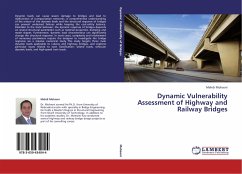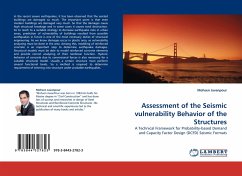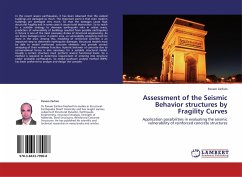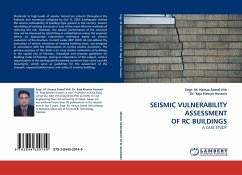
Dynamic Vulnerability Assessment of Highway and Railway Bridges
Versandkostenfrei!
Versandfertig in 1-2 Wochen
41,99 €
inkl. MwSt.

PAYBACK Punkte
21 °P sammeln!
Dynamic loads can cause severe damage to bridges and lead to malfunction of transportation networks. A comprehensive understanding of the nature of the dynamic loads and the structural response of bridges can prevent undesired failures while keeping the cost-safety balance. Dissimilar to the static behavior, the dynamic response of bridges depends on several structural parameters such as material properties, damping and mode shapes. Furthermore, dynamic load characteristics can significantly change the structural response. In most cases, complexity and involvement of numerous parameters requir...
Dynamic loads can cause severe damage to bridges and lead to malfunction of transportation networks. A comprehensive understanding of the nature of the dynamic loads and the structural response of bridges can prevent undesired failures while keeping the cost-safety balance. Dissimilar to the static behavior, the dynamic response of bridges depends on several structural parameters such as material properties, damping and mode shapes. Furthermore, dynamic load characteristics can significantly change the structural response. In most cases, complexity and involvement of numerous parameters require the designer to investigate the bridge response via a massive numerical study. This study targets three main dynamic loads applicable to railway and highway bridges, and explores particular issues related to each classification: seismic loads, vehicular dynamic loads, and high-speed train loads.












